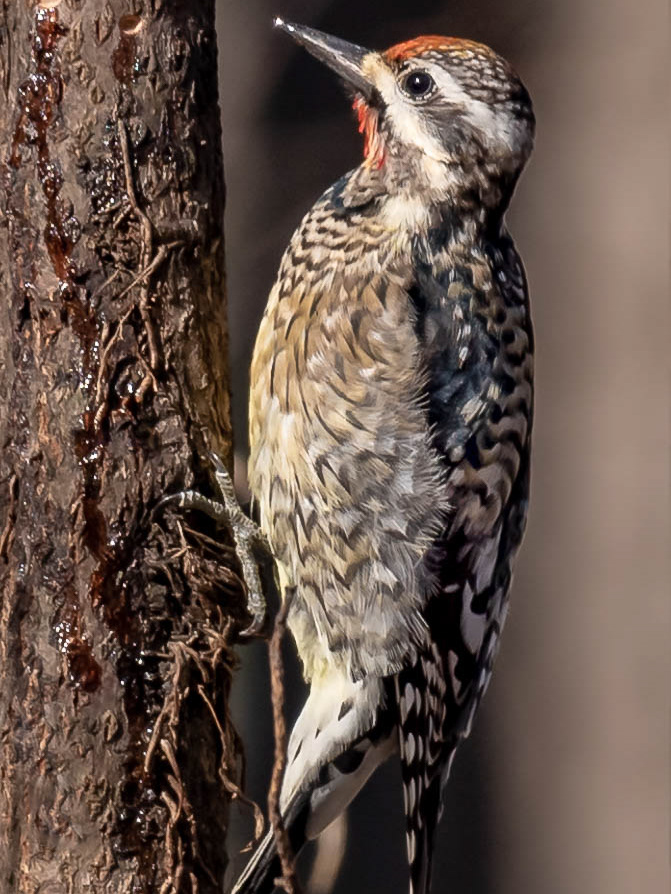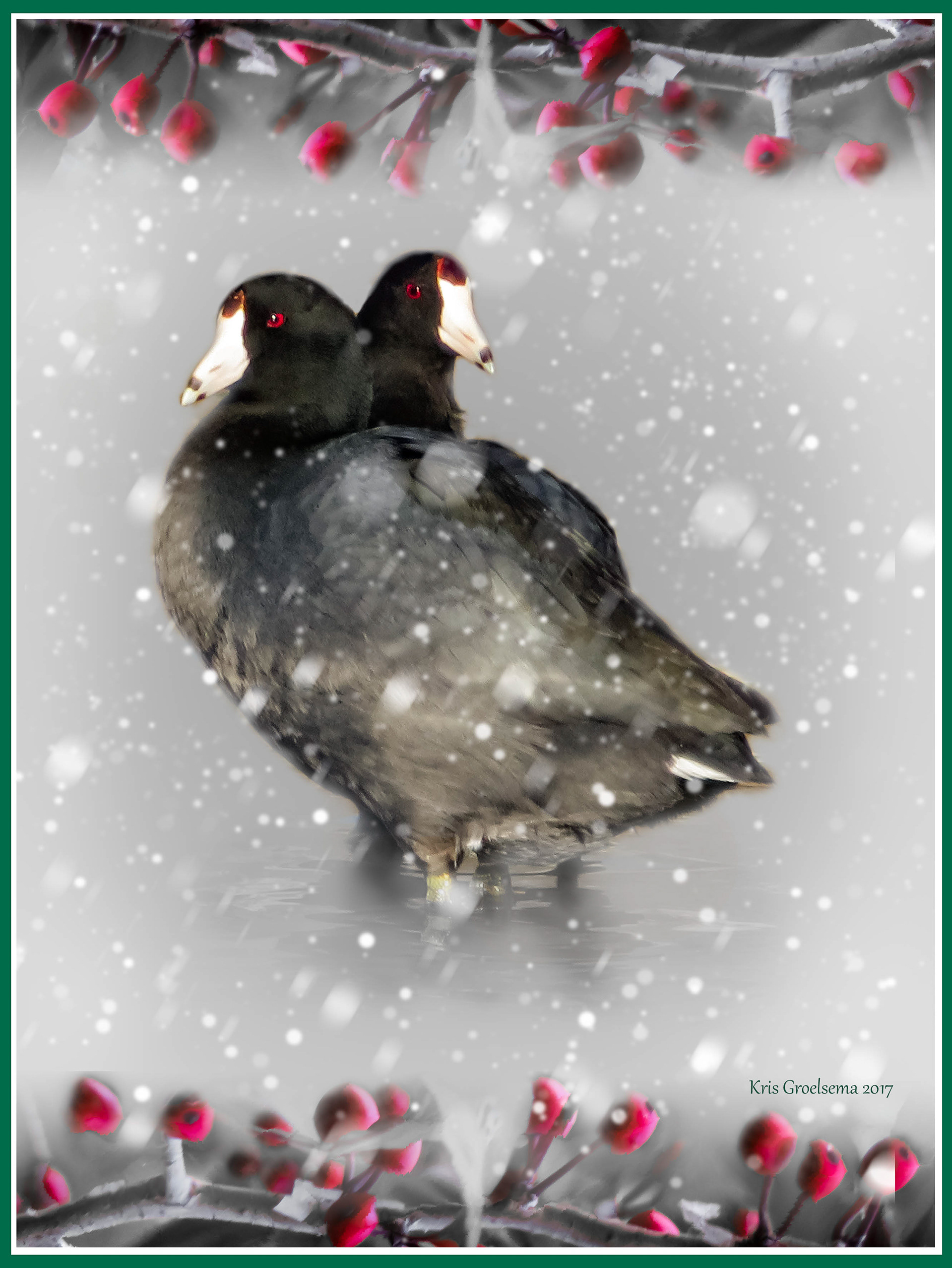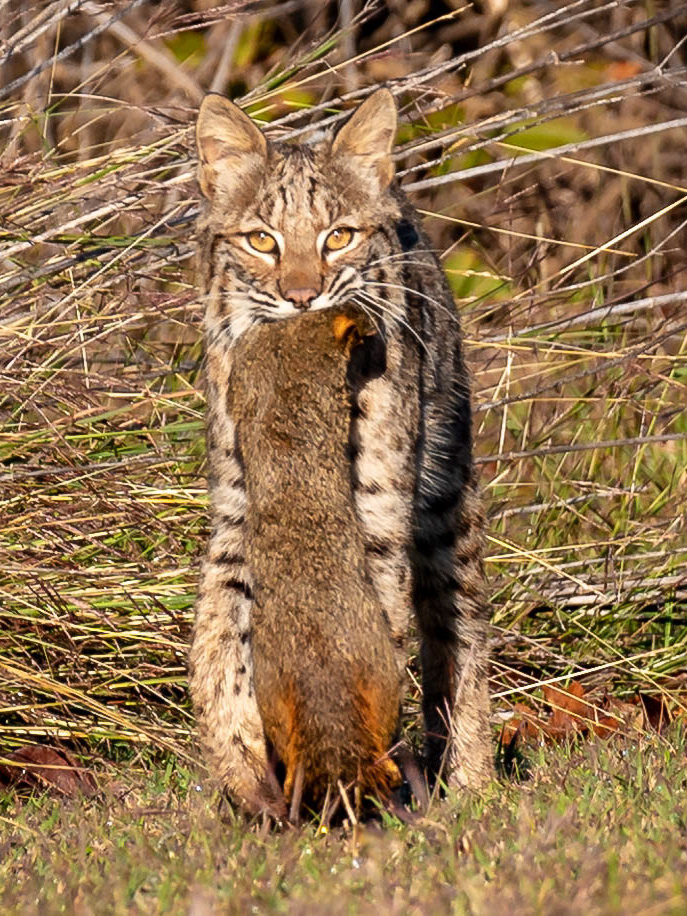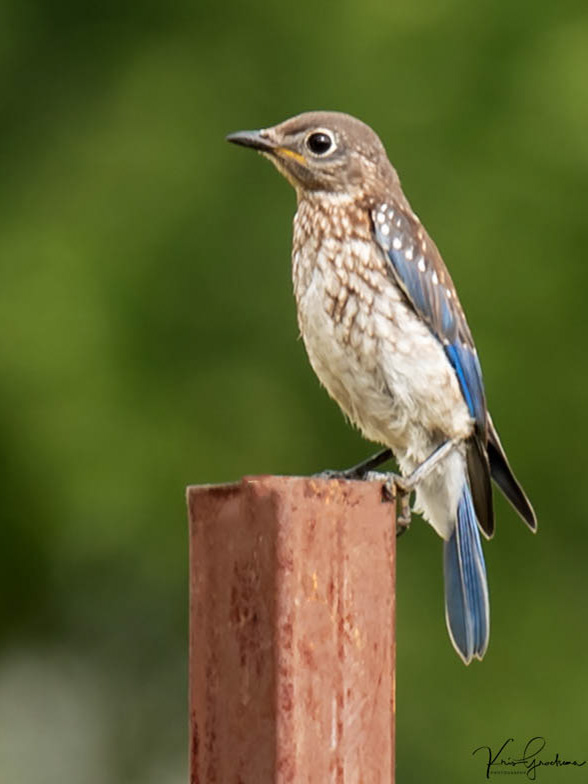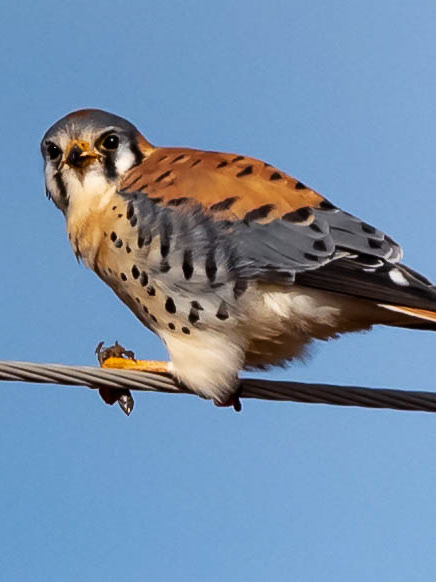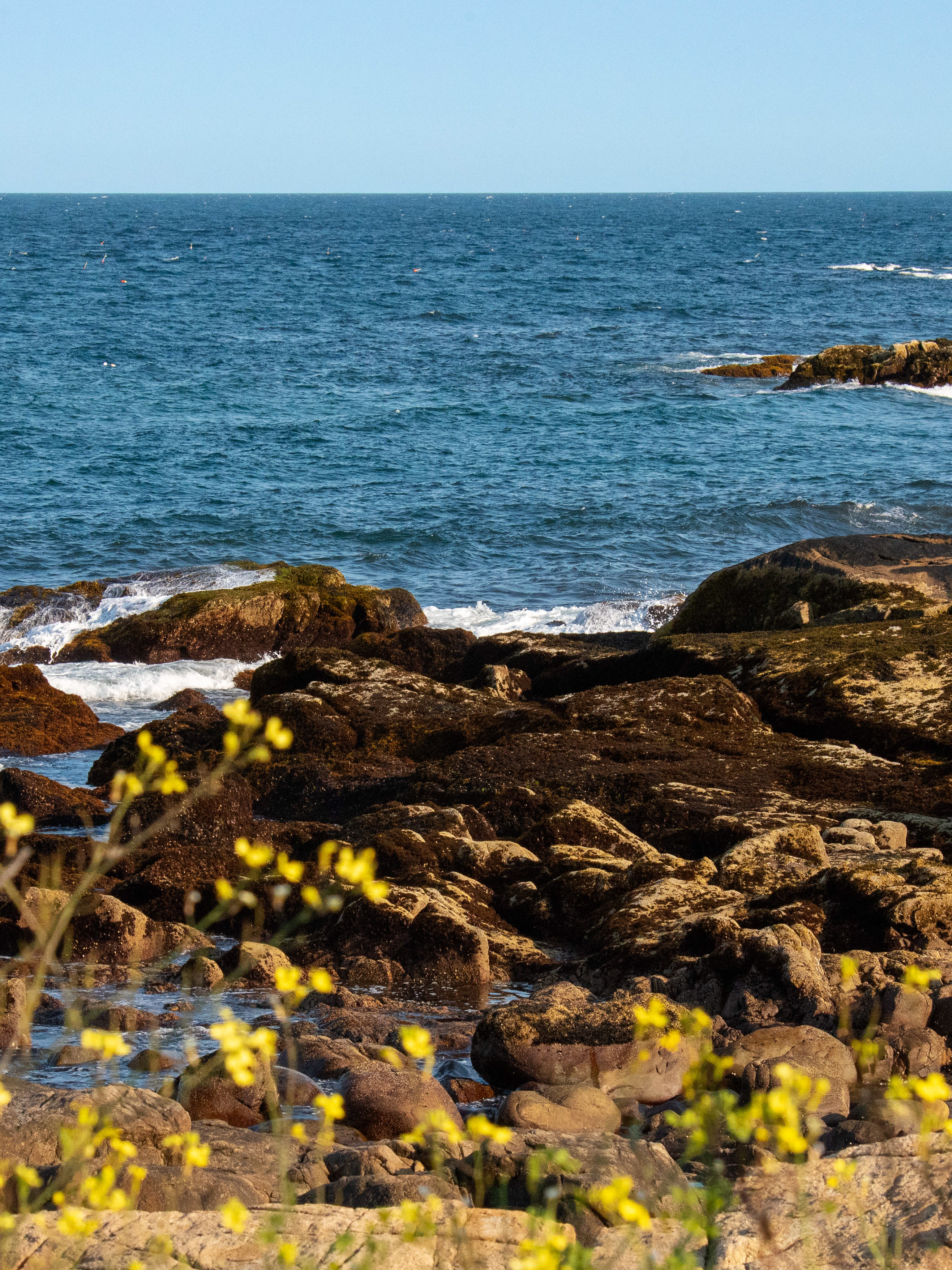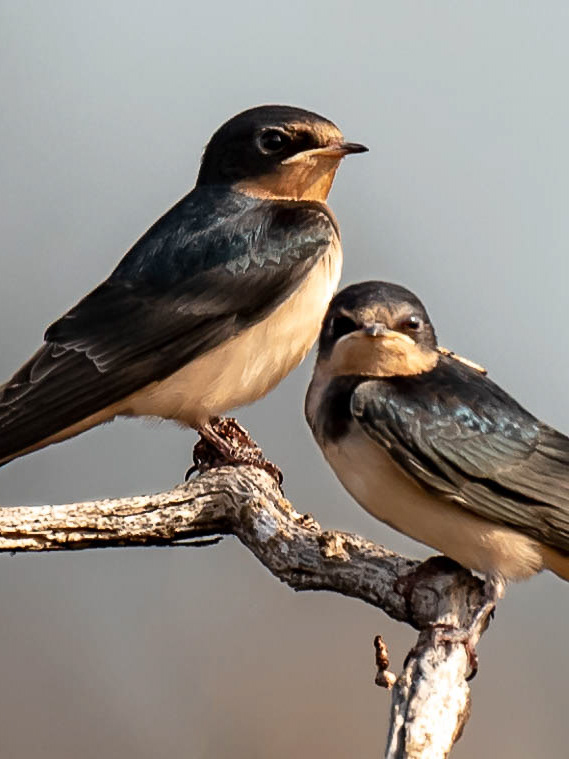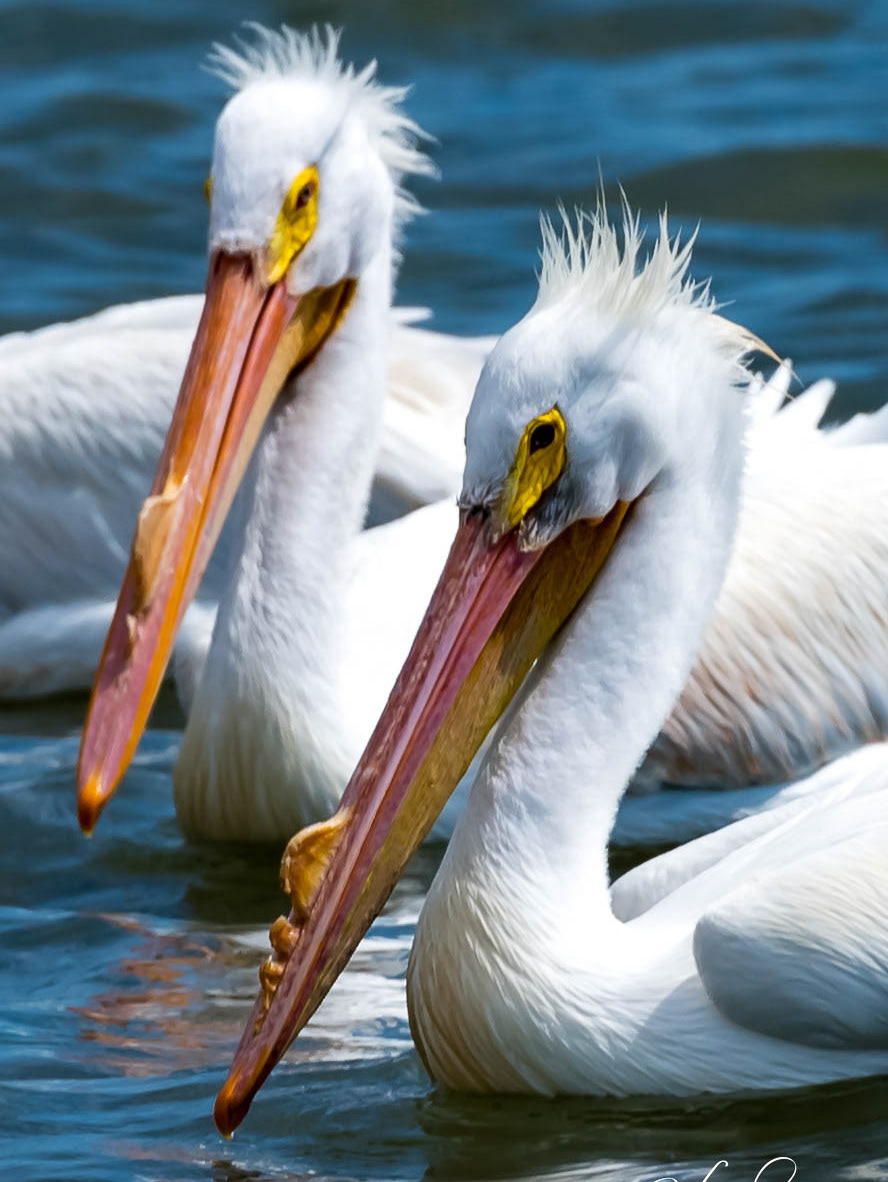On July 11th of 2018 I climbed aboard the Privateer IV, a ship specializing in whale tours out of Gloucester, Massachusetts . We saw seven whales in total that morning. Most of my pictures center on four humpback whales. They were Isosceles and her calf and another pair Dross and her calf. It was an amazing experience!
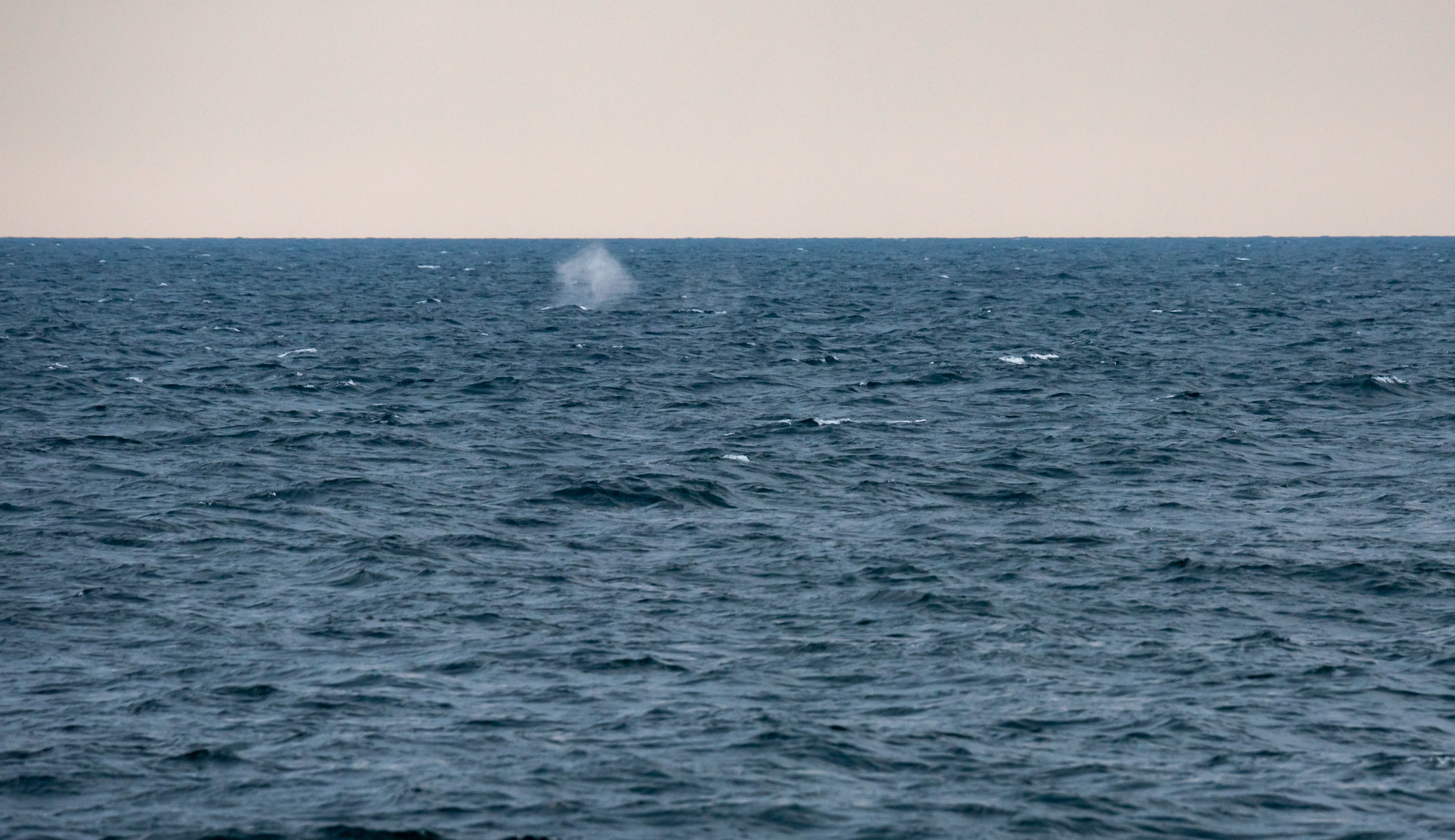


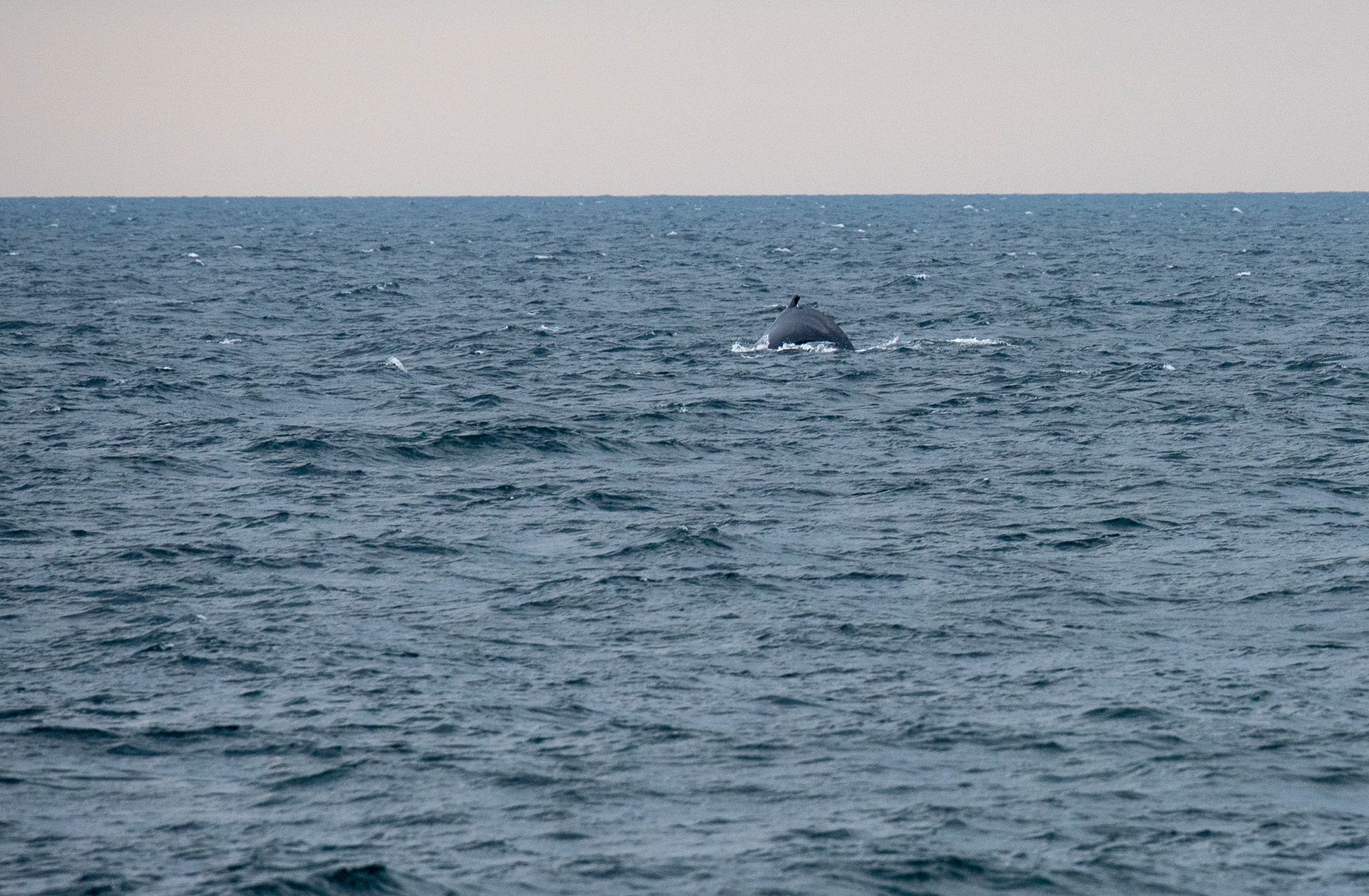
At first we were told to watch for puffs of mist in the distance which were the whales breathing through their blowholes just at the surface. When we caught sight of a few of these, everyone was very excited and lined the deck with phones and cameras taking pictures. We also saw our first small whale called a Minke whale. It was difficult at first to get used to the rolling of the ship, the constant change of the horizon and judging how large the whales sightings would appear in the camera viewfinder. It took me a little while to adjust my pictures.
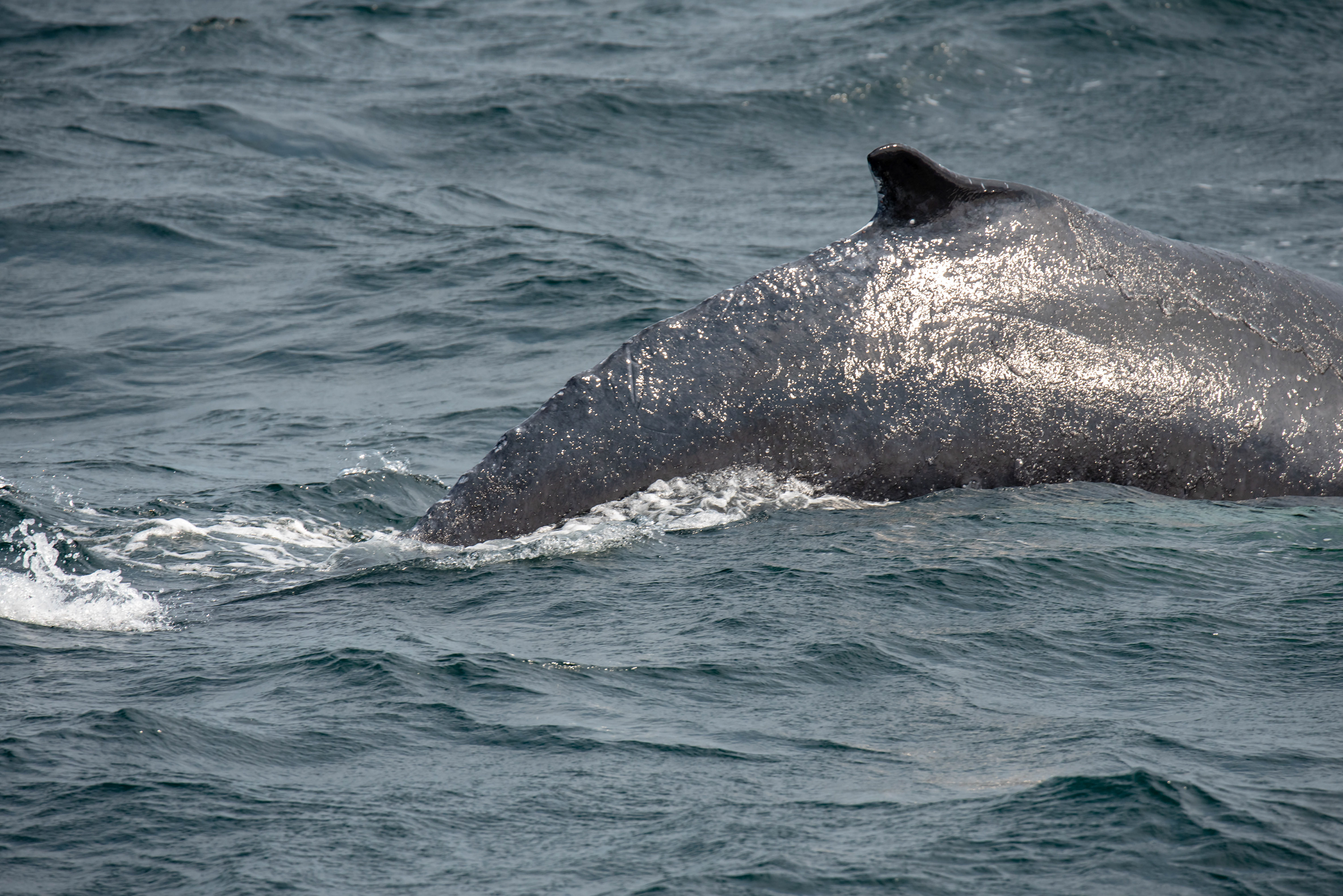
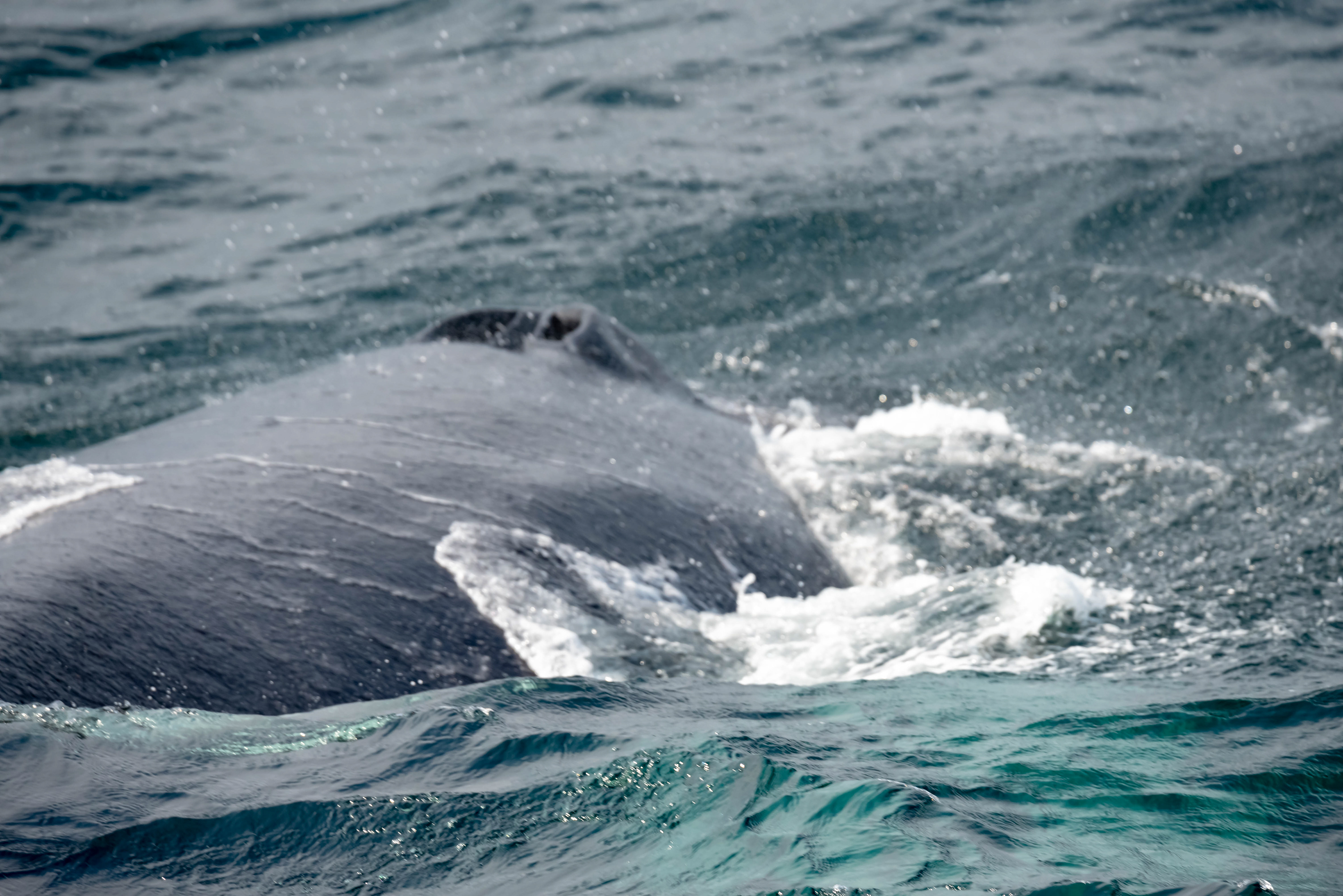

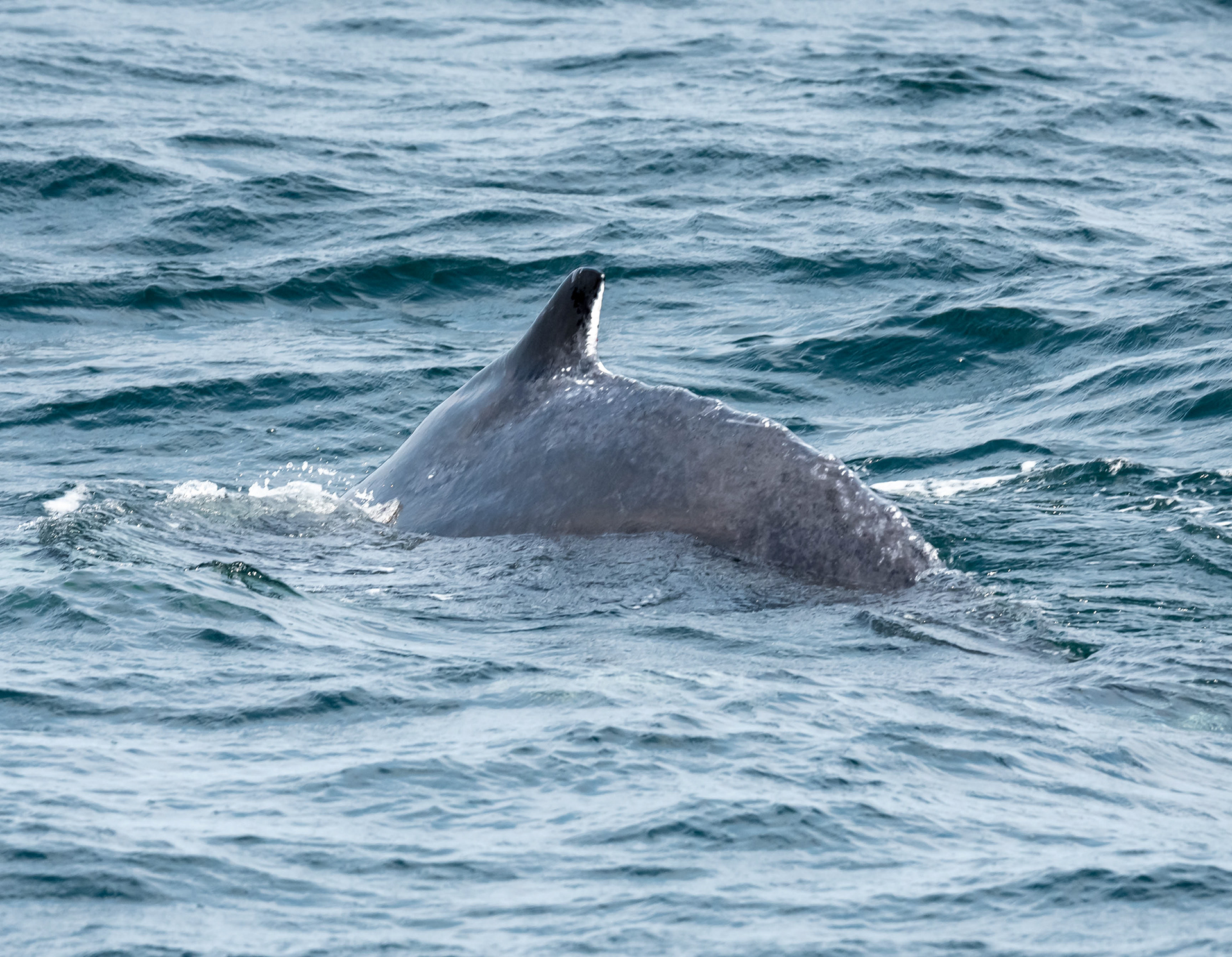
These are the first humpbacks we saw. The two middle pictures are Isosceles, a full grown mother humpback, and the outer pictures are her calf who is 6 to 8 months old here.
The tail of the mother Isosceles and the back and pectoral fin of her baby calf next to her. After sighting these two and staying with them for 10 minutes or so we moved on to look for more whales.
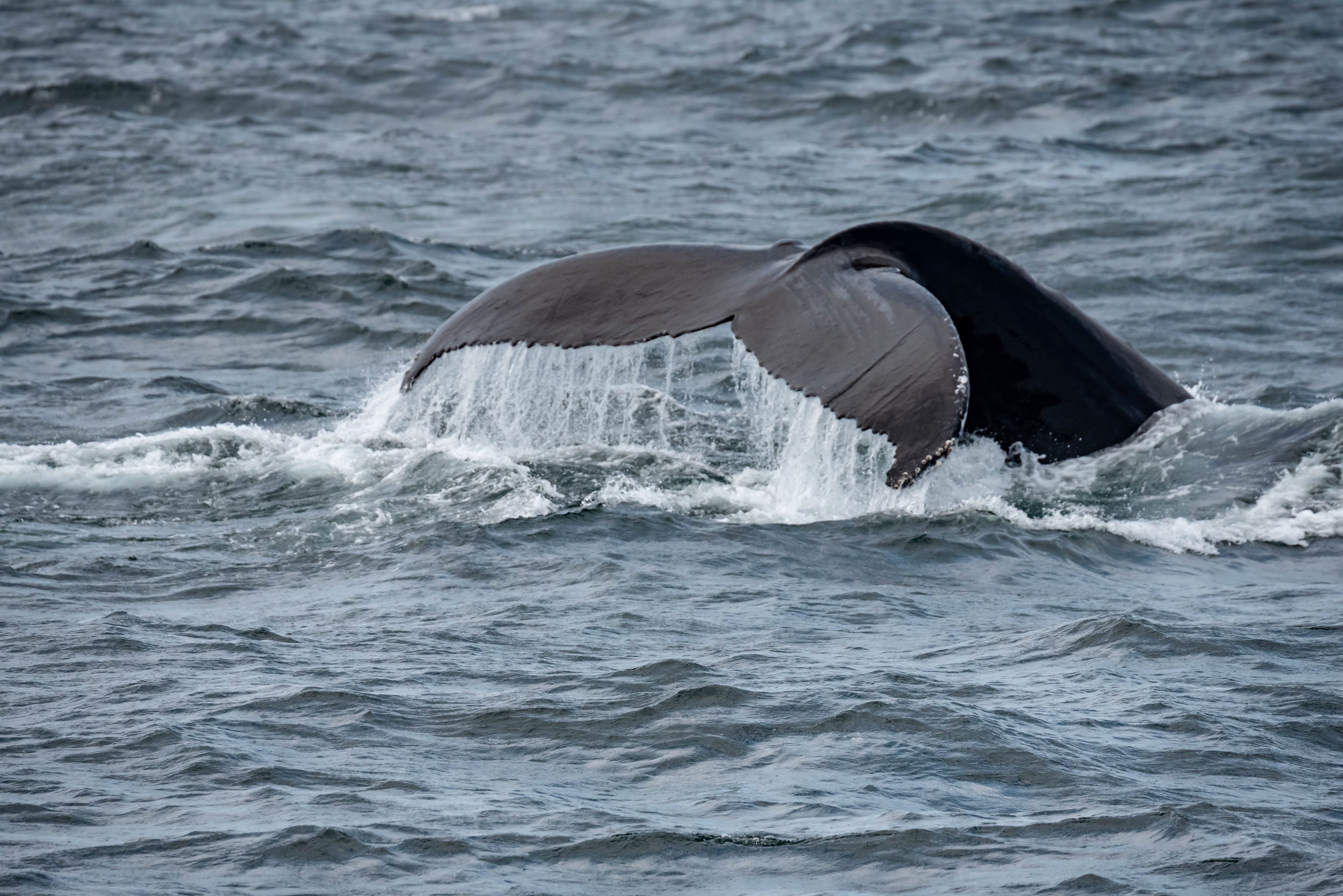
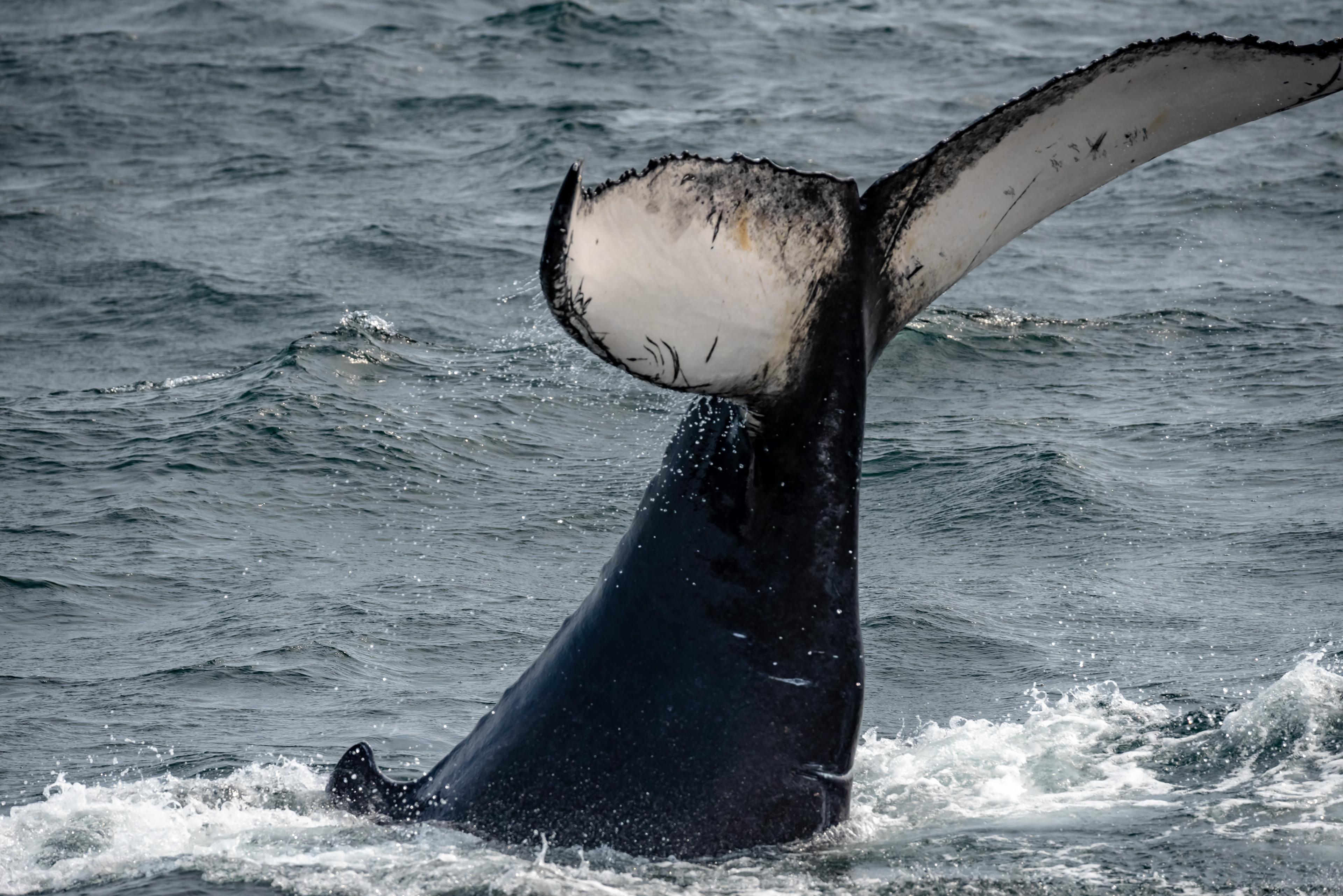
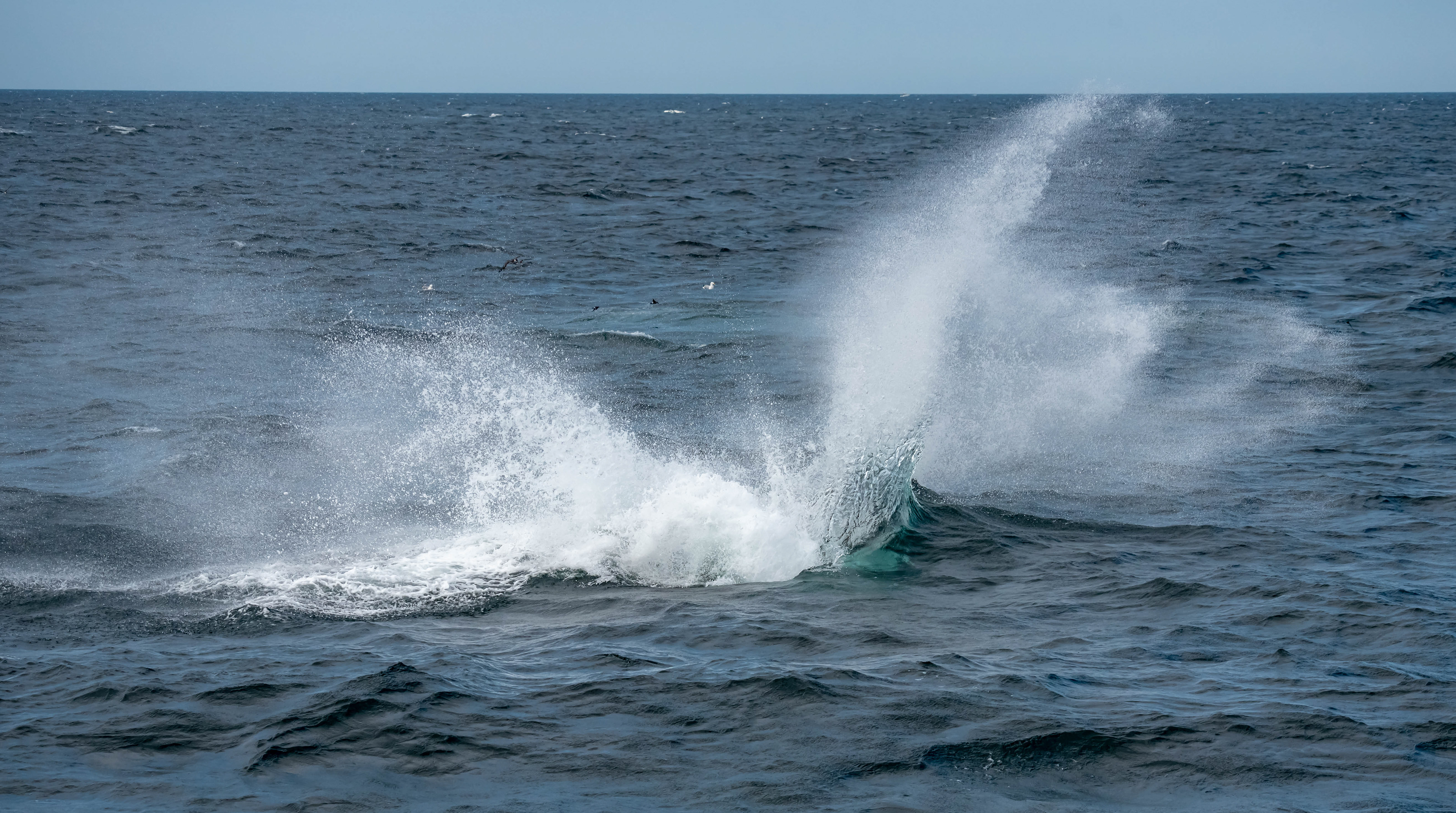
This is another full grown mother humpback, Dross, showing off a behavior called Tail Lobbing. You can see the huge splash she made with her tail as she submerged. This behavior is thought to be communicative as the loud splash can be heard for long distances. We stayed near Dross and her calf for the rest of our time at sea. Dross's calf was very active and showed off numerous behaviors for us in a playful way. They were not disturbed or trying to avoid us at all. They remained in the area of the ship for at least an hour.
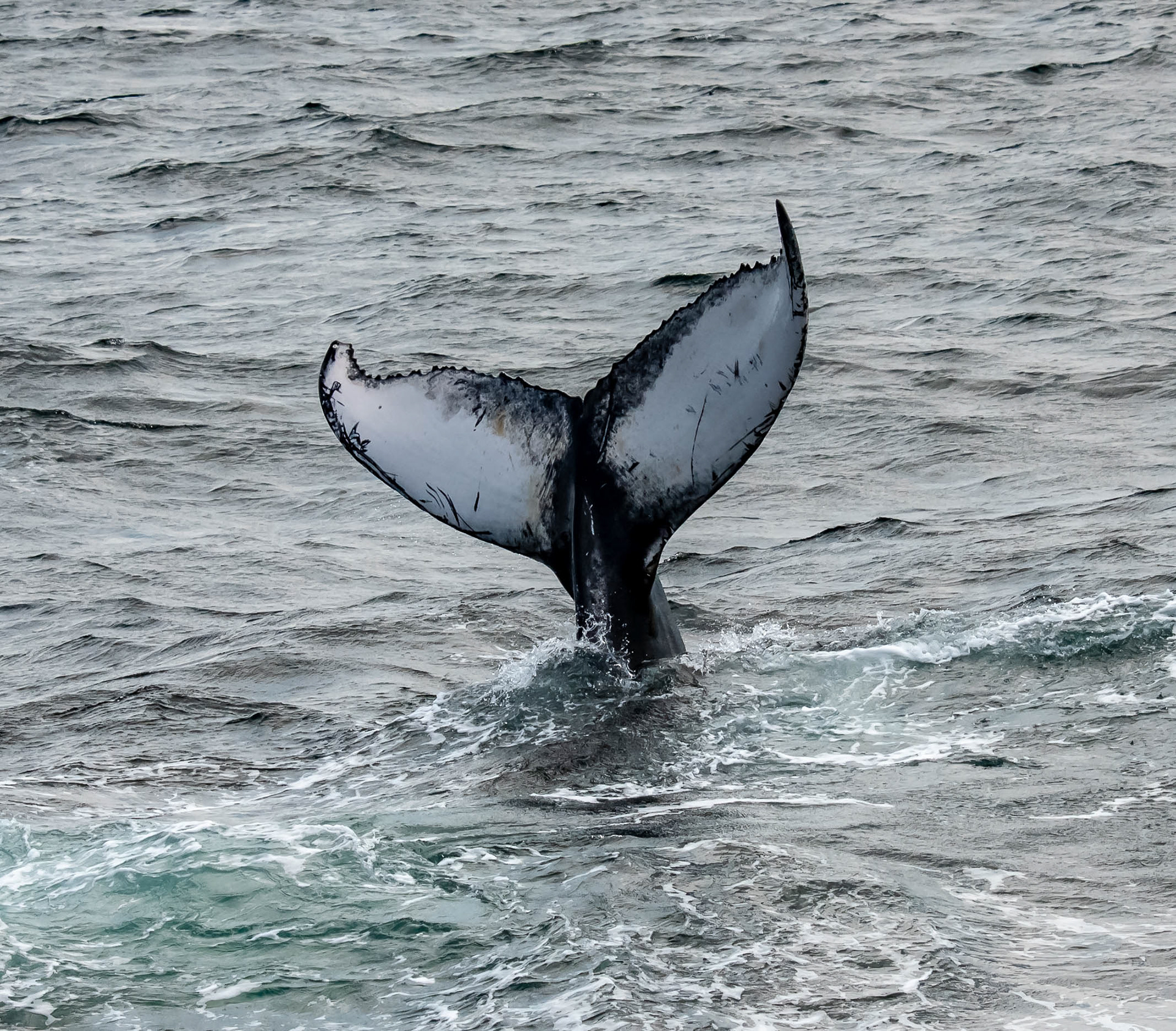

In the next few pictures you will see the best shots I was able to get of the front end of these baleen whales. They feature a wide mouth used to draw in a huge gulp of seawater mixed with fish and then long slatted teeth through which they sieve the water back into the sea keeping the fish to swallow. The blow hole and eyes are also on this front end. This is the calf taking a breath.


This is Dross just surfacing nose first. You can see the line of her mouth. You can also see the seabirds, in this case Petrels and Herring Gulls, which come circling each time a whale surfaces. If you look closely at the second picture you will see fish leaping out of the whale's way. The birds are there to catch these leaping fish.
This is the front end of Dross's calf from the head to the pectoral fin.
This behavior from Dross's calf is called Sky Hopping. Here the whale lifts its head above the waterline to look around. They may be looking for nearby landmarks or just surveying the area. Maybe this calf just wanted to see if anyone was watching! We were!
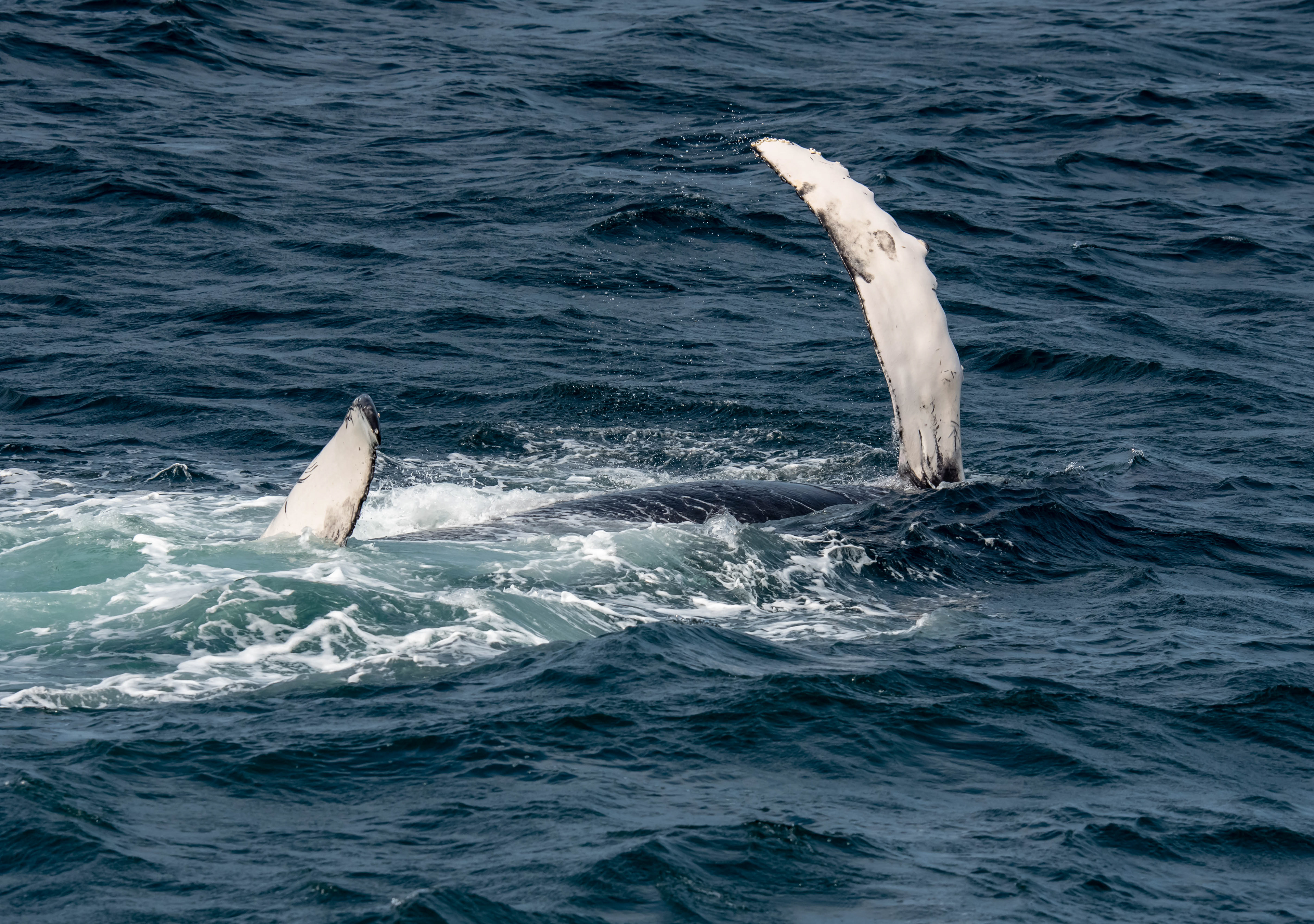
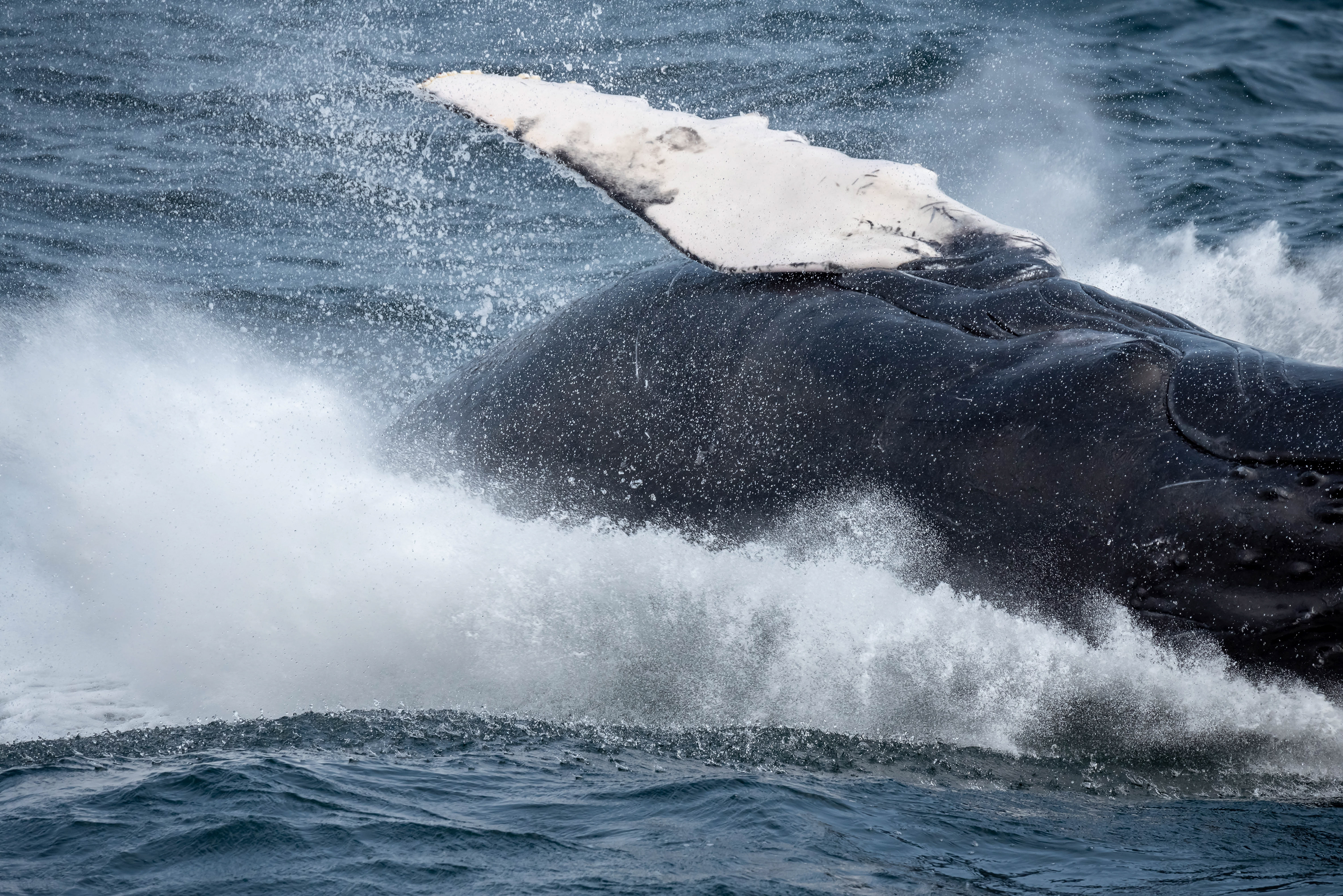
You can admire the difference in size between Mom and calf in these shots. Here the whales are Flipper Flapping, swimming along on their sides, showing and waving their flippers.
Here again you can appreciate the size of Dross as she swims toward the ship. Her fully extended flipper is visible under the turquoise water to her side.
After an hour or so of observing we left the whales to the sea and traveled back to Gloucester. Here you see a bit of synchronized swimming on the part of Dross and calf. A farewell dance.
